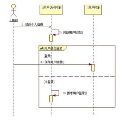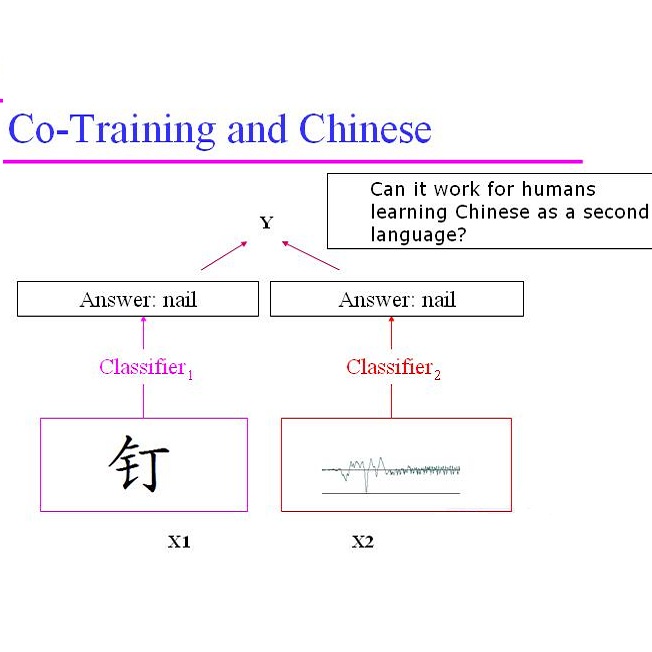Sequential recommendations aim to capture users' preferences from their historical interactions so as to predict the next item that they will interact with. Sequential recommendation methods usually assume that all items in a user's historical interactions reflect her/his preferences and transition patterns between items. However, real-world interaction data is imperfect in that (i) users might erroneously click on items, i.e., so-called misclicks on irrelevant items, and (ii) users might miss items, i.e., unexposed relevant items due to inaccurate recommendations. To tackle the two issues listed above, we propose STEAM, a Self-correcTing sEquentiAl recoMmender. STEAM first corrects an input item sequence by adjusting the misclicked and/or missed items. It then uses the corrected item sequence to train a recommender and make the next item prediction.We design an item-wise corrector that can adaptively select one type of operation for each item in the sequence. The operation types are 'keep', 'delete' and 'insert.' In order to train the item-wise corrector without requiring additional labeling, we design two self-supervised learning mechanisms: (i) deletion correction (i.e., deleting randomly inserted items), and (ii) insertion correction (i.e., predicting randomly deleted items). We integrate the corrector with the recommender by sharing the encoder and by training them jointly. We conduct extensive experiments on three real-world datasets and the experimental results demonstrate that STEAM outperforms state-of-the-art sequential recommendation baselines. Our in-depth analyses confirm that STEAM benefits from learning to correct the raw item sequences.
翻译:序列推荐旨在从用户的历史交互中捕捉其偏好,以预测他们将与之交互的下一个项目。序列推荐方法通常假定用户历史交互中的所有项目都反映了她/他的偏好和项目之间的转换模式。然而,实际的交互数据存在两个问题:(i)用户可能会错误地点击项目,即所谓的错误点击;(ii)用户可能会错过一些项目,即由于不准确的推荐而错过相关项目。为了解决以上两个问题,我们提出了一个自我纠正的顺序推荐器STEAM:Self-correcTing sEquentiAl recoMmender。STEAM首先通过调整错误点击和/或错过的项目来纠正输入的项目序列。然后,它使用更正后的项目序列来训练推荐器并进行下一个项目的预测。我们设计了一种逐个项目进行纠正的工具,可以自适应地选择每个项目的一种操作类型:'保留','删除'和'插入'。为了在不要求额外标注的情况下训练项目逐个纠正器,我们设计了两种自监督学习机制:(i)删除纠正(即删除随机插入的项目),(ii)插入纠正(即预测随机删除的项目)。通过共享编码器并联合训练来将纠正器与推荐器集成。我们对三个真实世界数据集进行了广泛的实验,实验结果表明STEAM优于最先进的序列推荐基线。我们的深入分析证实了STEAM从学习纠正原始项目序列中受益。


